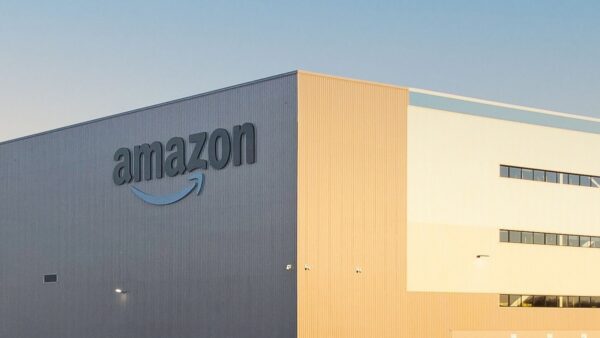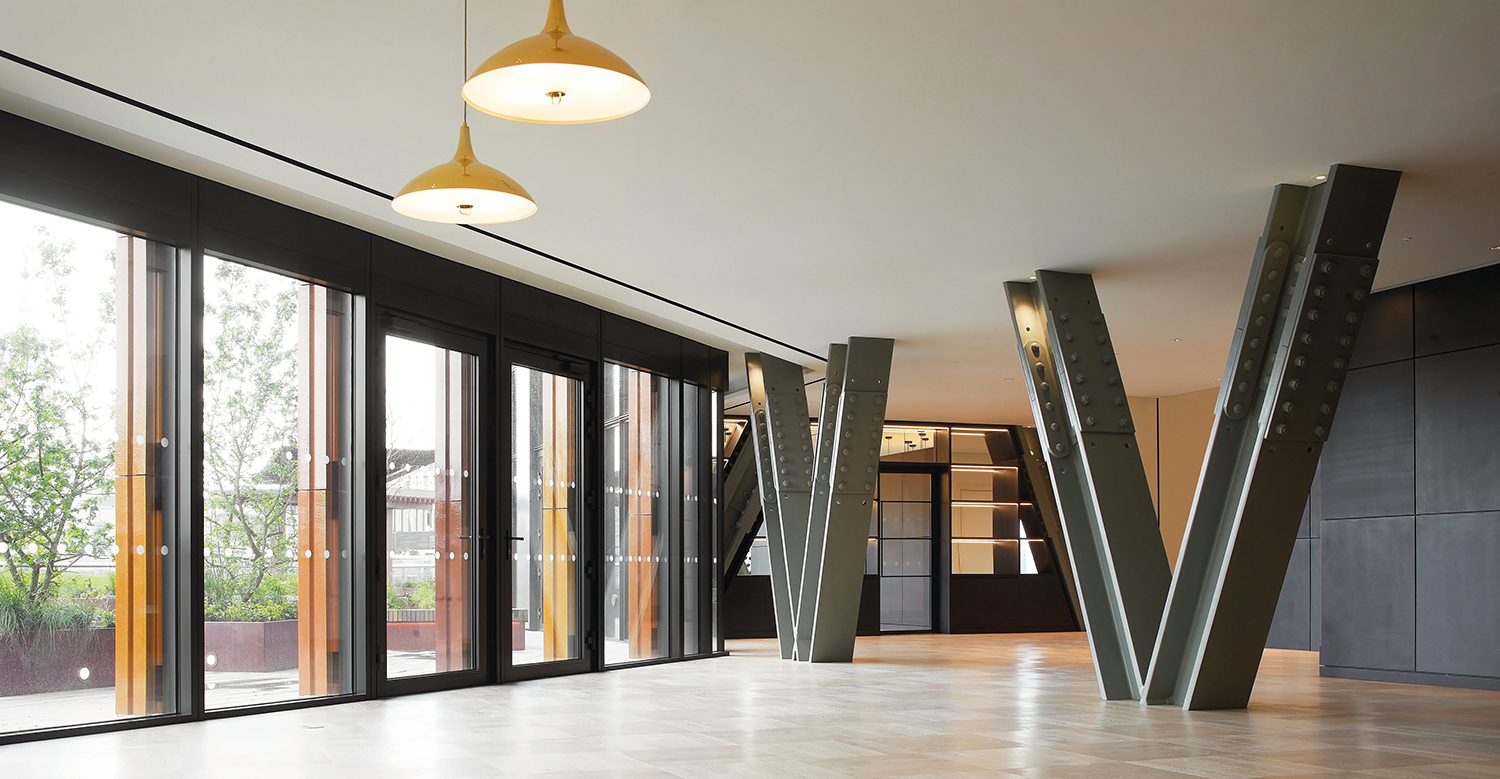
Office scheme shows its steel
Trusses are left exposed in London’s One Crown Place.
Commendation: One Crown Place, London
Architect: KPF
Structural engineer: AKT II
Steelwork contractor: Severfield
Main contractor: Mace
Client: AlloyMtd
A steel-framed podium forms the centrepiece for the One Crown Place mixed-use scheme in central London. The six-storey office podium, which is topped by a series of 15 steel trusses, supports two apartment blocks that reach heights of 33 and 29 storeys respectively.
The steel trusses, which are up to 25m long, perform three functions: first, they help to create the clear column-free internal office spans for the floors up to level six. Second, levels seven and eight are accommodated within their depth, where the truss elements are left exposed as architectural highlights.
Level seven accommodates a gym, a work hub, private screening room, meeting space and other exclusive amenities for the residents, while level eight is given over to apartments.
And third, they support the two reinforced concrete residential towers that begin at level nine. The trusses are supported at each end on 600mm x 600mm double-webbed mega-columns, which were fabricated from four steel plates. All of the podium’s columns are founded at ground level, above a two-storey basement.
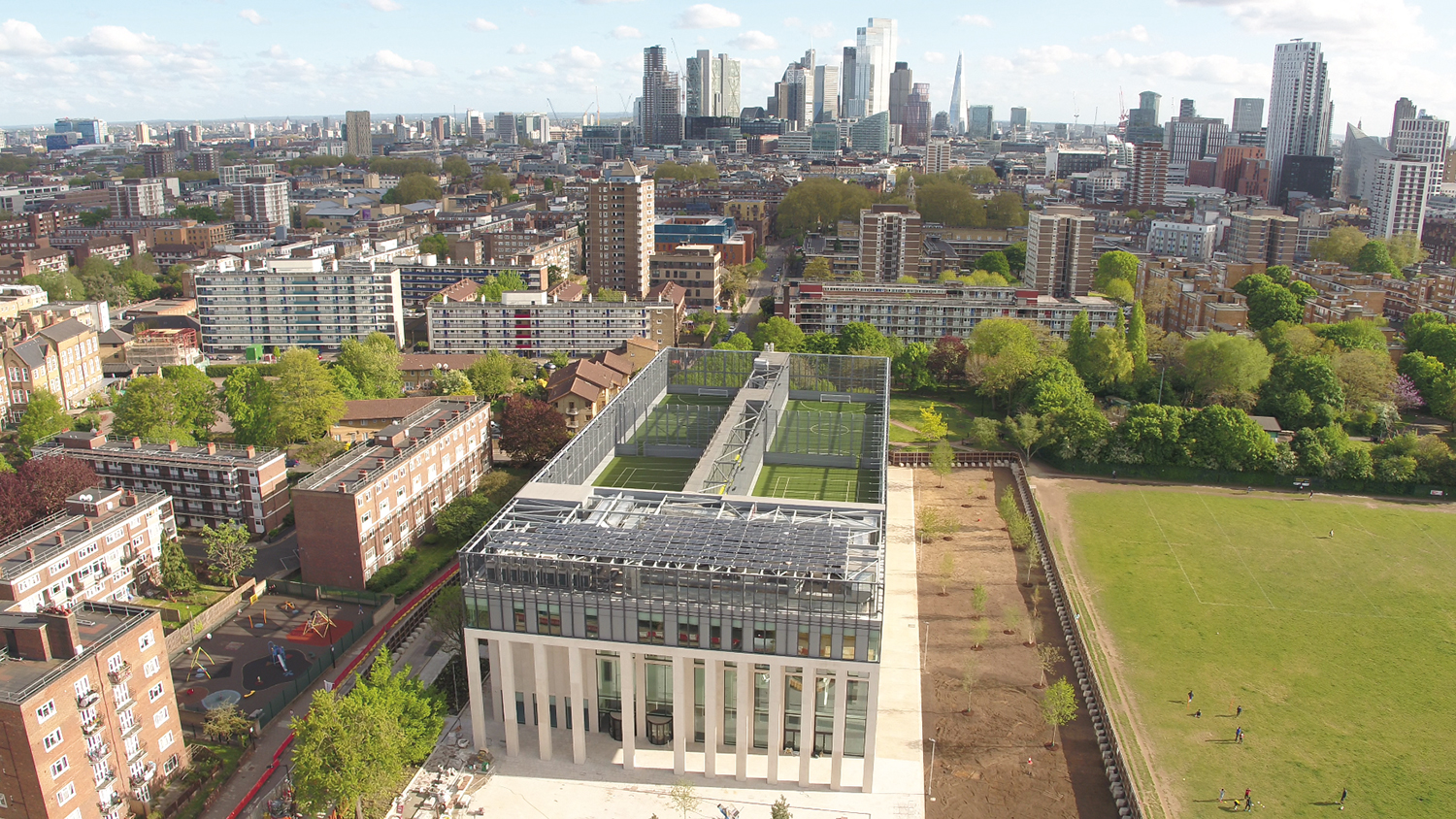
Flexibility is fit for purpose
Steel’s strength and lightness was needed for a sports hub.
Commendation: Britannia Leisure Centre, Hackney
Architect: FaulknerBrowns Architects
Structural engineer: Buro Happold
Steelwork contractor: Severfield
Main contractor: Morgan Sindall Construction
Client: Hackney Council
Part of a multi-million-pound scheme that will transform an area bordering Shoreditch Park in east London, the new Britannia Leisure Centre utilised a stacked steel design to deliver its facilities within a tight footprint.
To this end, the centre has a variety of column-free areas, some of which are double-height and triple-height zones, positioned on top of or adjacent to each other, like a collection of different-sized boxes.
It accommodates extensive wet and dry facilities including a six-lane 25m pool, a training pool, leisure water, a sports hall, fitness suites, rooftop pitches, squash courts and a cafe. The client aims to create a hub that encourages participation in an active lifestyle.
Despite the pandemic, the centre has welcomed 400,000 visitors in its first six months, a 161% increase from the centre that it replaces.
The project team say steelwork was the only material that could form the centre’s spans of up to 40m, remain light enough to manoeuvre into position and work within the site’s tight constraints.
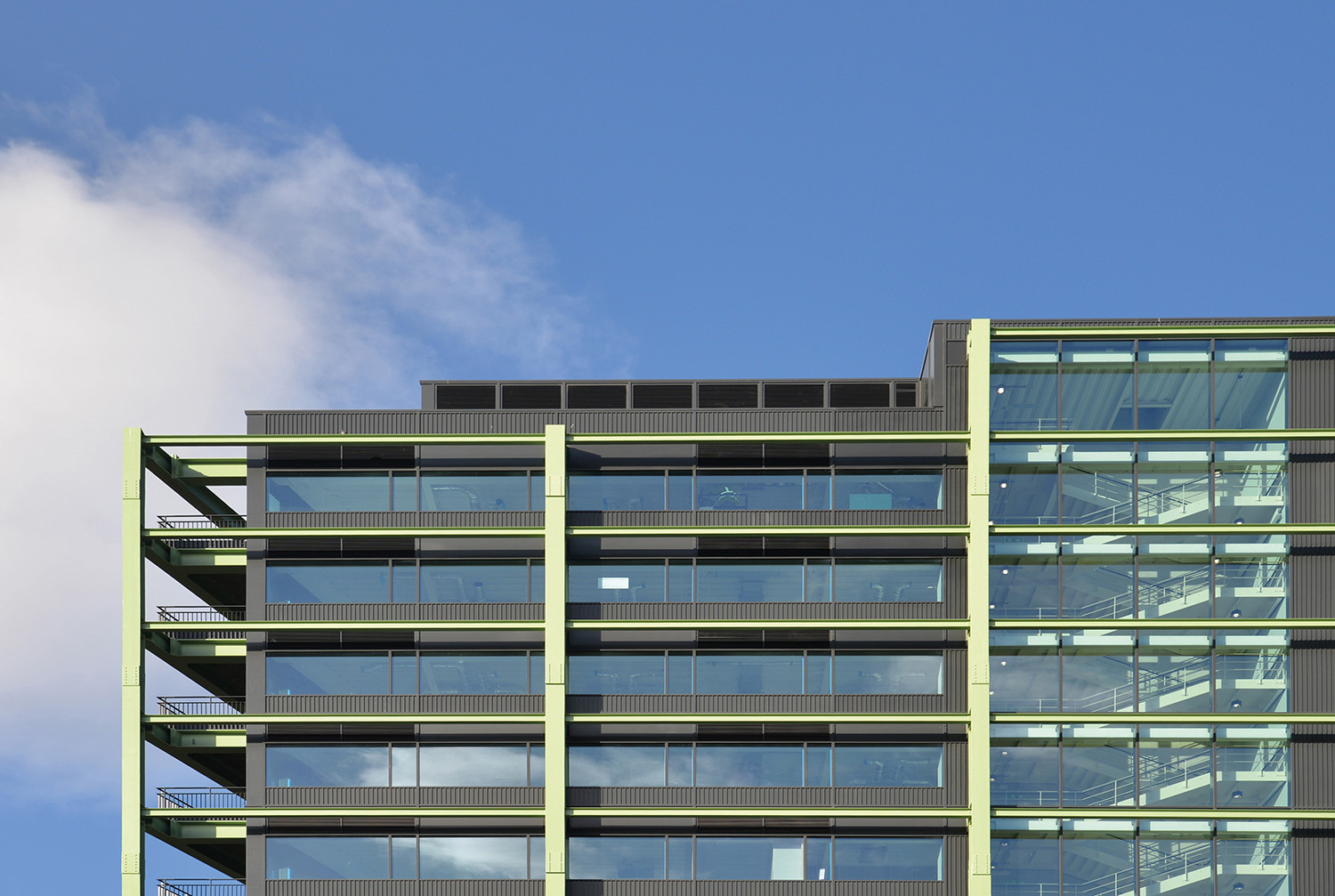
Keeping the weather out
Bristol landmark offices are 40% more thermally efficient.
Commendation: Assembly Bristol, Building A
Architect: Allford Hall Monaghan Morris
Structural engineer: Arup
Steelwork contractor: Severfield
Main contractor: Galliford Try
Clients: Bell Hammer, AXA IM
Immediately recognisable for its exposed green-painted steel frame, Assembly Building A is a landmark commercial office and associated public realm adjacent to the Floating Harbour in Bristol city centre.
Spread across 13 floors, the structure is 120m-long x 25m-wide, and consists of a steel frame on a 9m x 12.5m grid, with a composite floor slab on trapezoidal metal decking.
A key innovation was designing out the thermal breaks. This was achieved by using fabricated I-sections for the steel stubs that penetrate the facade, allowing the flange and web thicknesses to be optimised and justified through 3D thermal modelling and advanced structural analysis.
This resulted in a deceivingly simple solution that was thermally 40% more efficient than the traditional approach and eliminated 270 thermal breaks together with associated fabrication, installation and weather sealing complexity.
Achieving BREEAM Excellent, the building’s steelwork is exposed both internally and externally, with connections that have been carefully detailed to ensure visual consistency and elegance.
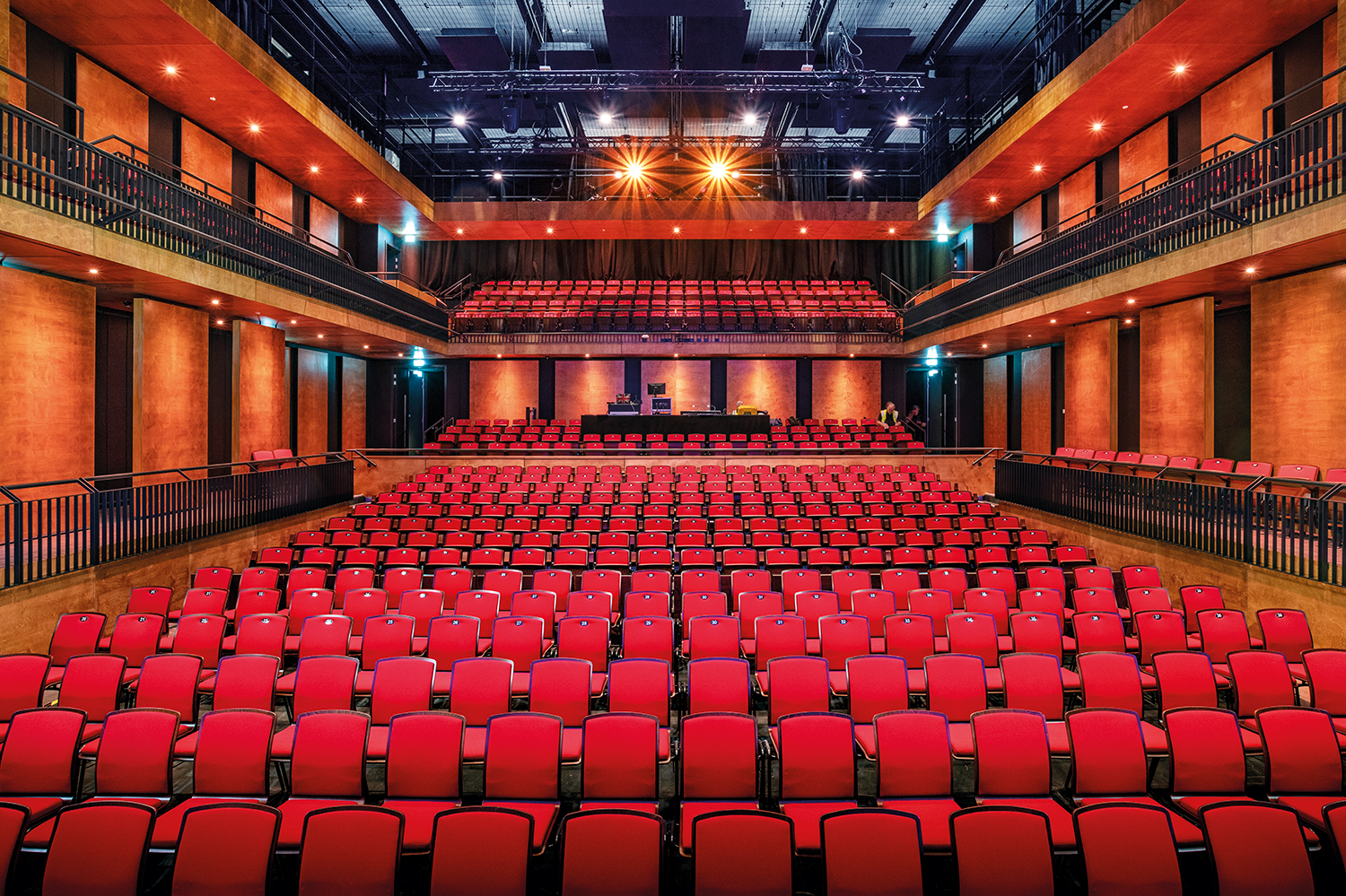
Steel sings in Sunderland
New music venue features double steel cantilever.
Commendation: Fire Station Auditorium, Sunderland
Architects: Flanagan Lawrence, Howarth Litchfield
Structural engineer: JC Consulting
Main contractor: Brims Construction
Client: The Sunderland Music, Arts & Culture Trust
The Fire Station Auditorium project has delivered a new multi-functional destination for music and culture in Sunderland city centre.
The auditorium is a flexible space and suitable for multiple performance types, allowing a quick transition between events to maximise the use of the venue.
After being initially designed as a reinforced concrete box containing some steel elements, a value-engineering exercise was undertaken, whereby the design was switched to an entirely steel-framed project, which resulted in a saving of approximately £300,000.
The use of steelwork to form a double cantilever is key in creating the architectural inside/outside intent of the structure’s main facade. The steel members cantilever internally to support the first floor around the atrium as well as externally to support the main facade and roof.
Flexibility within the auditorium is provided by multiple stage positions, and numerous seating and standing arrangements. This is complemented by collapsing handrails, moveable stairs and retractable seating.

New growth at RHS Wisley
Lightweight atrium frame enables flexible use of building.
Commendation: Central Atrium at Hilltop, RHS Wisley
Architect: WilkinsonEyre
Structural engineer: Michael Barclay Partnership
Steelwork contractor: Hillcrest Structural
Main contractor: Osborne
Client: Royal Horticultural Society
Adding to the attractions at the Royal Horticultural Society (RHS) Garden at Wisley, a steel-framed and sustainably designed education and science centre has been opened.
The building is ‘Y’ shaped in plan, a form designed to integrate with the landscape and encourage visitor flow through the building and surrounding gardens. It is divided into two functional wings linked by a central atrium.
At ground level, the atrium acts as a flexible public engagement space and provides the public with access to the cafe, events space, classrooms and library. At first floor level, via cantilevered walkways and a bridge, the atrium space links more restricted access areas such as laboratories and offices.
The north end of the atrium forms the main entrance to the building and opens out onto long views across the site.
A steel frame was selected to achieve a lightweight, filigree and curved grillage that could be detailed to incorporate drainage, ventilation, movement and thermal separation.
Overall, the atrium structure relies for its lateral stability on the adjoining wings but, since the atrium is subject to a different thermal environment, movement joints have been incorporated into the design.
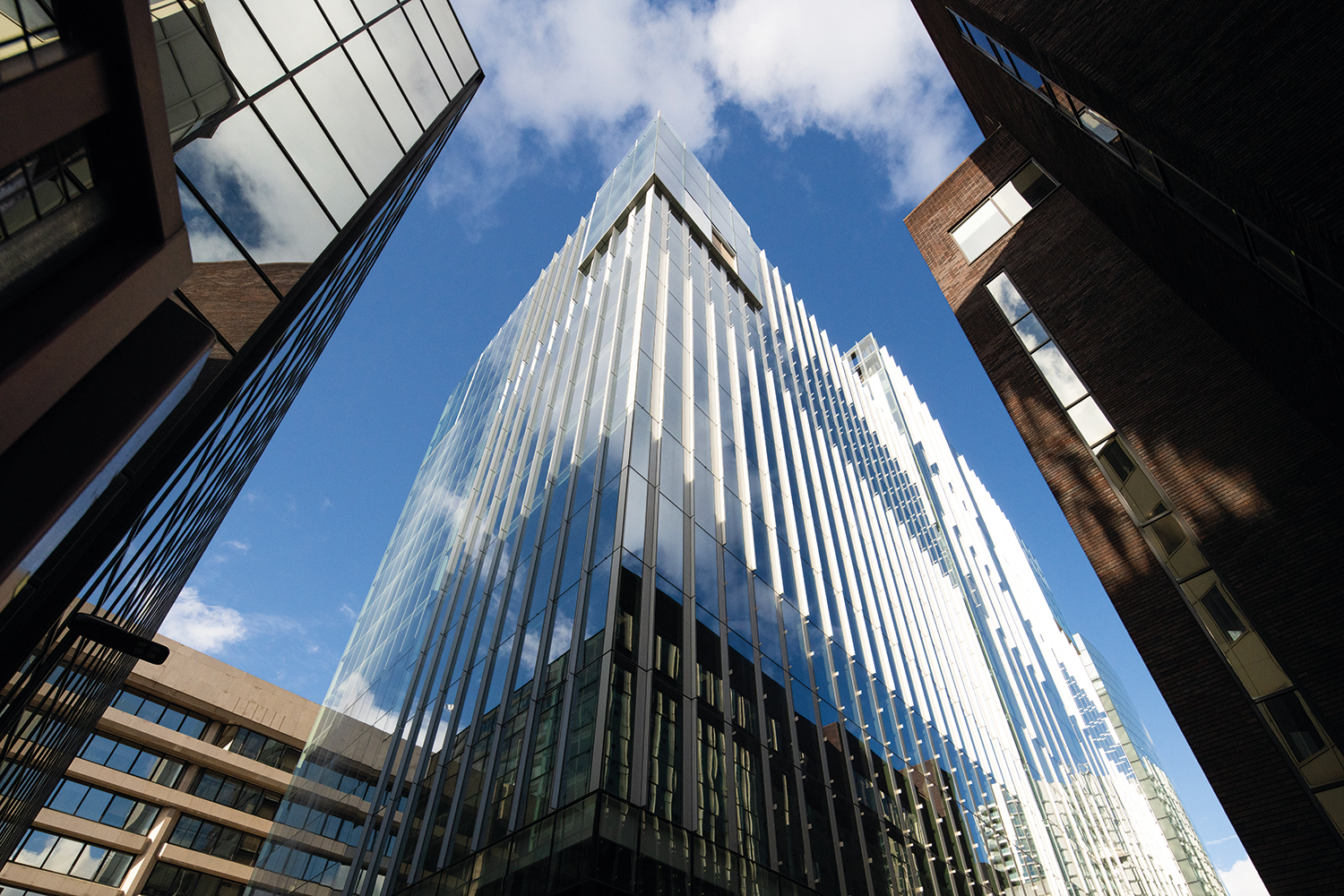
Steel makes the City slicker
One Braham maximises space and minimises vibrations.
Commendation: One Braham, London
Architect: WilkinsonEyre
Structural engineer: Arup
Steelwork contractor: Severfield
Main contractor: McLaughlin & Harvey
Client: Aldgate Developments
With a BREEAM Excellent rating, One Braham is a prestigious commercial development that forms part of a wider Aldgate masterplan.
The structure offers 27,700 sq m of office space across 19 floors, including two large open terraces on the 15th and 17th floors, while at ground level there are two retail units.
The building’s facades are fully glazed with vertical brise-soleils on the east, south and western facades. The ground floor is set back to form a colonnade between a new park, the building’s double-height entrance and adjacent shops.
From ground level upwards, the structure has floors comprising metal decking with exposed soffits and an insitu concrete topping that acts compositely with the steel plate girders to maximise strength and stiffness. The mobilised mass also helps to minimise floor vibrations from the tenant’s footfall.
To create the client’s requested industrial aesthetic in the office spaces, much of the internal steelwork has been left exposed.
The internal plate girders have bespoke holes to allow all the services to be accommodated within their depth. This service integration and the use of shallow heavy plate girders allowed one extra floor to be incorporated into the scheme.
Produced by the BCSA and Steel for Life in association with Construction Management



